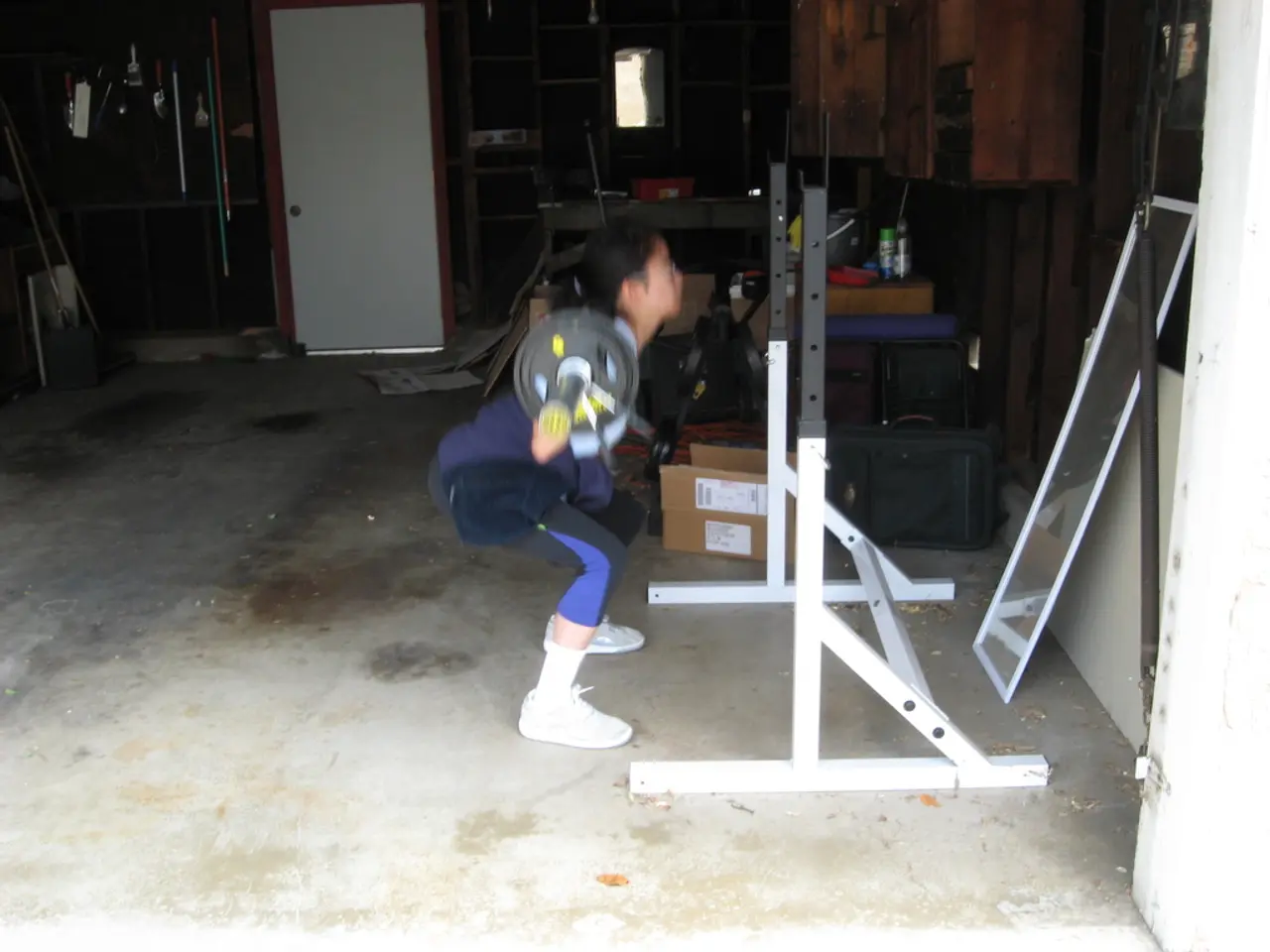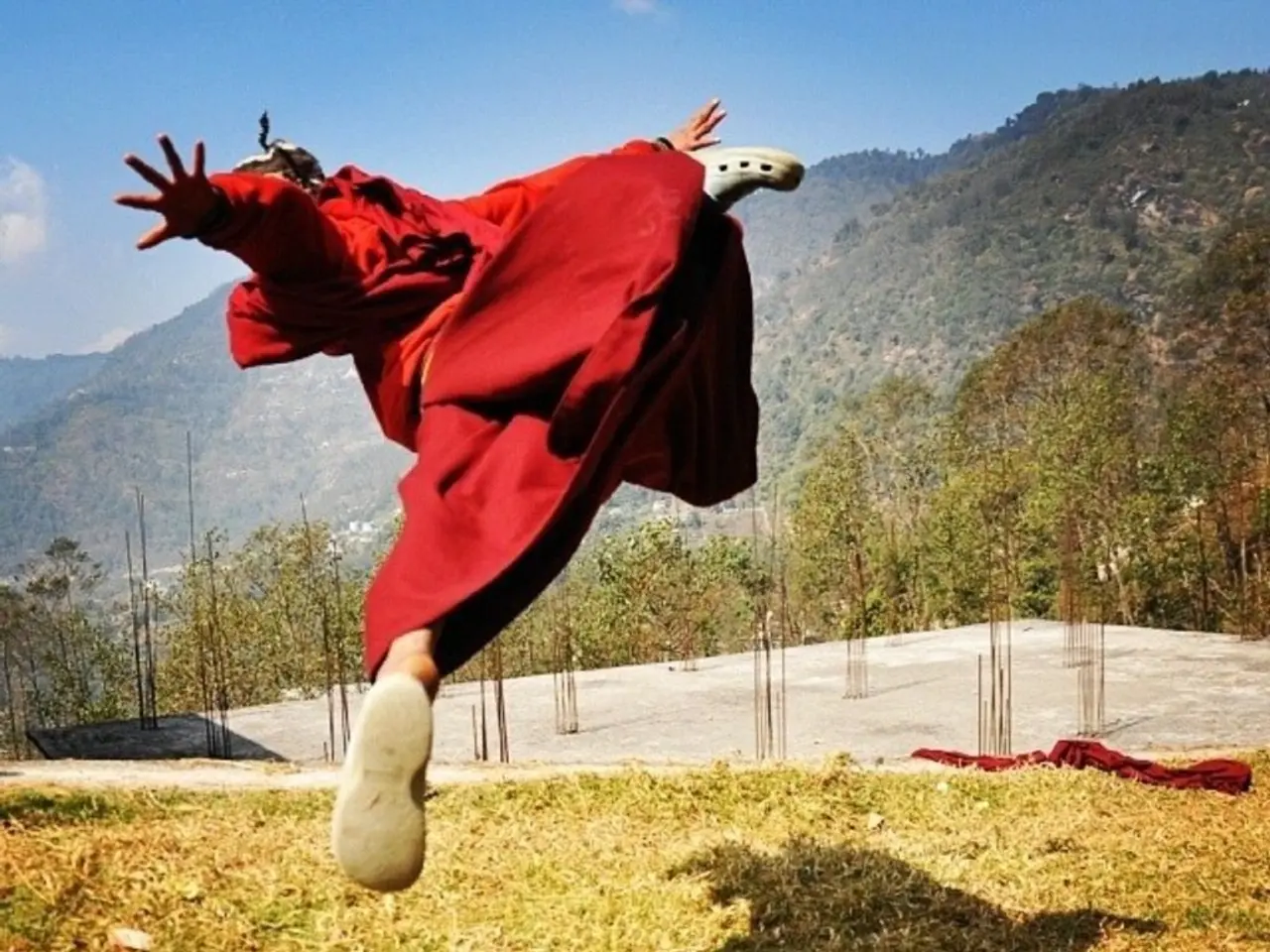Bonsai Struggles: Identifying and Managing Symptoms Post Transplanting
Bonsai trees, with their miniature beauty, are a delight to cultivate. However, these miniature marvels can be susceptible to stress, which can lead to various issues such as pest infestations, disease outbreaks, and even death if left unchecked. In this article, we'll explore common signs of stress in bonsai trees, their causes, and solutions to help keep your bonsai thriving.
Spotting Stress Signs
Bonsai trees may exhibit a range of symptoms when they're under stress. Yellowing leaves, falling leaves, brown leaf tips, slow or no growth, and mold on soil are all signs that your bonsai might be struggling. These symptoms can stem from various causes such as improper watering, poor lighting, temperature fluctuations, nutrient deficiencies, and poor soil drainage or airflow.
Addressing the Causes
Yellowing Leaves
Overwatering or underwatering, as well as low light, can cause yellowing leaves in bonsai trees. To address this issue, check the soil moisture and adjust your watering routine accordingly. If the soil is too wet, allow it to dry before watering again. If it's dry, increase your watering frequency. Moving your bonsai to a brighter spot can also help.
Falling Leaves
Sudden temperature changes, such as drafts or AC blasts, can cause falling leaves in bonsai trees. To prevent this, maintain a stable temperature and avoid placing your bonsai near air conditioners or heaters.
Brown Leaf Tips
Too much direct sunlight and inconsistent watering can cause brown leaf tips. To remedy this, move your bonsai to indirect sunlight and water regularly and consistently. Ensuring good soil drainage is also crucial.
Slow or No Growth
Poor soil quality, nutrient deficiencies, and compacted soil can lead to slow or no growth in bonsai trees. To address this, refresh the soil, fertilize regularly, and consider repotting to improve aeration.
Mold on Soil
Mold on soil is often a sign of poor drainage or low airflow. To address this, improve drainage and airflow, and repot if the mold persists.
Wilting, Curled, or Sunburned Leaves
Heat stress or intense sunlight can cause wilting, curled, or sunburned leaves. Provide shade during heatwaves and avoid sudden environmental changes to prevent this.
Environmental Factors
Stress can also arise from environmental factors such as drying winds, late frost, pollution, and irregular watering patterns. Attentive care adjustments are necessary to stabilize the bonsai's environment in these cases.
Post-Repotting Care
Recovery from repotting shock can take anywhere from a few weeks to several months, depending on factors such as tree species, size, and aftercare. Following repotting, bonsai trees should be closely monitored daily for the first week, then weekly for the next month, to catch any potential issues early and take corrective action before they escalate.
Species-Specific Considerations
Certain bonsai species, such as Ficus and Juniper, are more stress-prone due to their delicate nature, while others, like Elm and Pine, are more resilient and adaptable to environmental changes and handling.
Best Practices
Preventing leaf loss and dieback requires maintaining ideal growing conditions and adopting best practices in bonsai care, including ensuring consistent moisture levels and adequate humidity. Improper pruning and wiring techniques can cripple a bonsai tree's growth, leaving it vulnerable to disease and pests. To avoid this, bonsai enthusiasts should prune with precision, wire with care, and monitor for signs of stress.
Common Pitfalls
Overwatering can lead to root rot, a debilitating condition that can devastate a bonsai tree. Signs of overwatering and root rot include soft, mushy roots, yellowing or dropping leaves, and fungal growth. Bonsai trees require a precise balance of nutrients to thrive, and even slight imbalances can have devastating consequences. Signs of nutrient deficiencies can include yellowing or pale leaves, stunted growth, and distorted or curled leaves.
By understanding these signs, causes, and solutions, you can provide the best care for your bonsai and ensure it thrives for years to come. Happy gardening!
[1] Bonsai Empire. (2021). Bonsai Tree Care: Common Signs of Stress and How to Address Them. [online] Available at: https://www.bonsaiempire.com/academy/bonsai-tree-care/common-signs-of-stress-and-how-to-address-them/
[2] My Bonsai. (2021). Signs of Stress in Bonsai Trees. [online] Available at: https://www.mybonsai.com/learn/signs-of-stress-in-bonsai-trees/
[3] Bonsai Basics. (2021). Common Signs of Stress in Bonsai Trees. [online] Available at: https://www.bonsaibasics.co.uk/learn/common-signs-of-stress-in-bonsai-trees/
Bonsai trees may show signs of health-and-wellness issues when stressed, such as yellowing or falling leaves, brown leaf tips, slow or no growth, and mold on soil. To maintain bonsai health and wellness, address these issues by adjusting watering routines, improving lighting, managing temperature fluctuations, fertilizing regularly, ensuring good soil drainage, and repotting when necessary. Additionally, bonsai enthusiasts should be aware of environmental factors that can stress bonsai trees, such as drying winds, late frost, pollution, and irregular watering patterns, and make attentive care adjustments to stabilize the bonsai's environment.




